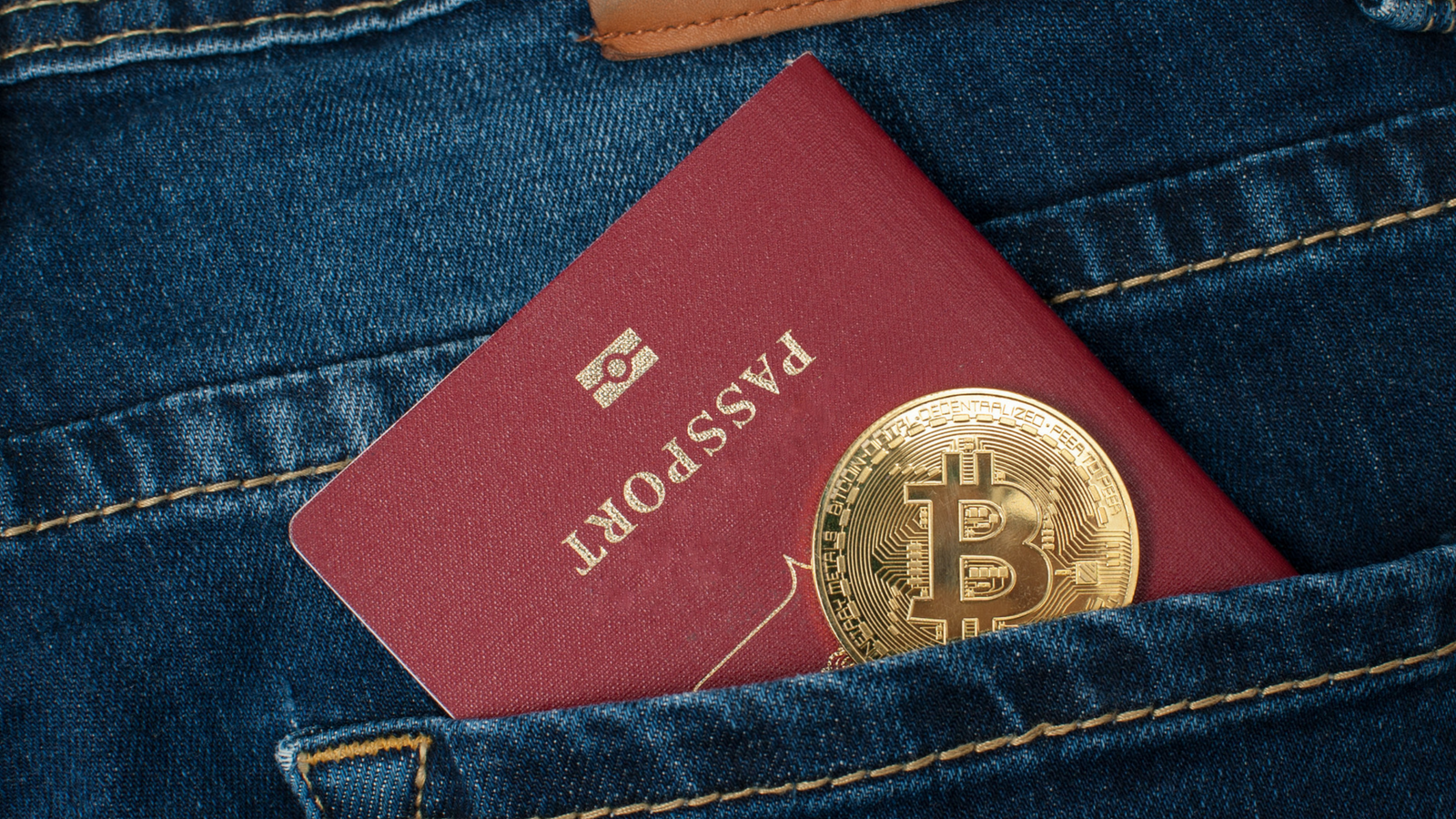Mandar G. Chaphalkar, Senior Technology Architect at Infosys, discusses in an exclusive article by Infosys for Information Age, whether it is possible to use blockchain for passport identification and cross-border traveling.”Maybe this is how the passport of the future looks like?” he asks. Read the original article here.
Chaphalkar mentions the case of British tourists who in 2015 went to Turkey only to discover that their e-visas were fake. They went through the cumbersome hassle of getting visas on the spot and transmitted their personal and confidential data to an unknown entity.
This is where blockchain kicks in. It allows exchanging information using a step-by-step approach. Most of the countries have a traveling database. In the Schengen zone, which is comprised of 26 both EU and non-EU states, for example, this system is called The Schengen information system (SIS). Every time a person enters or leaves the zone, data is being collected.
So what if a traveler checks in at the airport and the information is being passed on by the airline system to SIS, or any other Travel Authorisation & Travel History Database, and then gets instantly validated, right at the check-in desk? And what if once the traveler approaches the border control, the officer once again connects to that system and validates the information one more time?
Yes, that is what blockchain can do, Chaphalkar is sure.
“Now, for argument’s sake, let’s imagine that our traveler is also passing through country C. Here, country C would also have the opportunity to validate our traveler’s visa with the database too—three validations upon our traveler’s final arrival,” he says.
He then adds that the entire process will reduce chances of fraud as well as potential human trafficking and improves “the operational efficiencies and costs incurred by all stakeholders.”
He is not the only professional who believes that blockchain can significantly transform the travel industry. Thus Amadeus, a travel technology company, says “the blockchain – one of six areas the company has identified as potential disruptors of travel – has tremendous promise to change the way people can ‘exchange value’ digitally.”
Similar steps in the direction are being taken by the highly popular app, Telegram. Recently it has created a service, called Telegram Passport, for its future blockchain platform TON (Telegram Open Network) and is allegedly testing it. It will be used for storing data, including various documents, driver’s licenses, bills.
Join us on Telegram to receive free trading signals.
For more cryptocurrency news, check out the Altcoin Buzz YouTube channel.




























